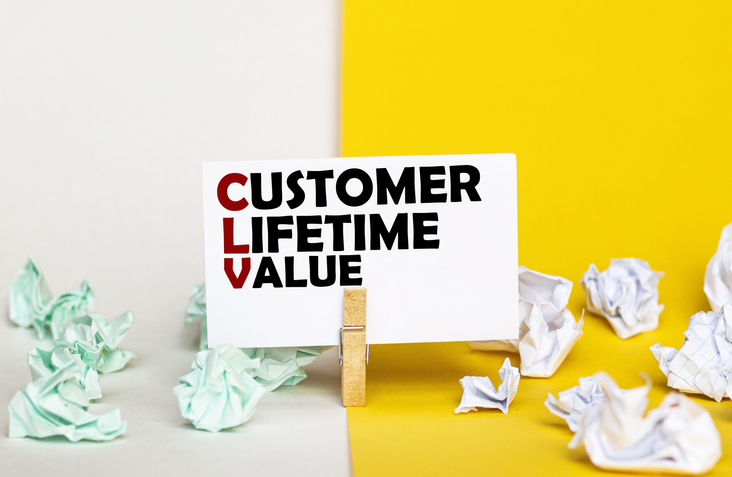
By Adam Mogelonsky, Larry Mogelonsky
At the start of 2023, many hospitality pundits and leading brands declared it the year of wellness. As we proceed into 2024, the trend isn’t going away. Far from it, the latest statistics from the Global Wellness Institute not only reveal this industry’s resilience (now at $5.6 trillion) but a promise of accelerating gains over the rest of the decade.
The prospects of the growth of wellness not only mean more ways to differentiate hotel brands and upsell experiences to boost TRevPAR, but also living better and living longer. And with this potential boost to one’s longevity, there’s more years for travel – that is, increased ‘healthspan’ and not just lifespan, with the former denoting years spent in good form and not housebound – therein presenting the opportunity for wellness-oriented brands to seriously benefit on the loyalty front.
Is it possible to quantify these assumptions so that a hotel executive can make an actual business case for the setup of more wellness programming? The best metric to encapsulate the value that wellness can theoretically unlock is customer lifetime value (CLV). In its simplest form, the equation for this metric in a hospitality sense looks as follows:
CLV = (avg. spend per stay) x (projected stay frequency per year) x (remaining healthspan in years)
To keep this argument straightforward and relatively short, we aren’t incorporating advanced mathematics or other elements like churn rate, profit margins and the discount rate of money. So, as a baseline, let’s start by inputting the numbers for a corporate guest in their 20s:
- Average spend per stay = $500 (representing an average length of stay of two nights with no F&B or other ancillary spend)
- Annual stay frequency = 1 (meaning this guest is projected to come once a year, with this measurement being brand-wide and not just for a singular property within a group)
- Remaining healthspan = 45 (assuming current age of retirement and medical advances)
- CLV = $22,500
Yes, there are a ton of assumptions here, but we can nevertheless look at how wellness can boost all three variables. Namely, wellness allows hotels to generate higher TRevPAR (due to commanding higher nightly rates or through more ancillary spend) as well as giving guests a stronger reason to stay longer and justifying more frequent return visits.
Now let’s have some fun with a hypothetical situation. For average per-stay spend, take the aforementioned example with its $250 per night rate but change the guest context to a wellness-oriented getaway at double occupancy. Let’s also suppose that this property doesn’t have a spa facility as not every hotel does, nor is it logical to assume one can be retrofitted within this current structure. For ancillaries, we’re going to add an upsold ‘sleep well’ turndown service at $15 per night and two couples dinners off the new health-minded prix fixe menu totaling $150 including alcohol per night. Together, that’s already an increase of 66% to $830 per stay.
Next, for frequency, it is hard to beat the reservations volume of a road warrior executive who travels every week or every other one and has their loyalty program of choice. In the post-pandemic world, these are a dwindling breed. For most other guest contexts, though, wellness programming offers a veritable ‘reason to visit’ independent of a pure-location rationale like a work trip. Unwinding, rejuvenating, recharging, digital detoxing and staying fit while abroad all contribute to the emotional thrust of why guests choose wellness-oriented brands over others. Let’s take frequency up by 25% to 1.25.
The third variable is where things get interesting. While the science is still out on extending human life beyond its current limits as defined by mortality tables, we do know that staying healthy is the best way to reduce causes of early death like congestive heart failure, thereby extending healthspan. Put another way, if the maximum lifespan is held at 100, wellness habits would work to allow a consumer to sustain their vigor for 90 of those years rather than having chronic ailments hinder regular travel beyond age 80. Taking this 10-year bump as a back-of-the-envelope gauge, it brings the healthspan up to 55 years.
Now to bring it all together:
- Average spend per stay = $830
- Annual stay frequency = 1.25
- Remaining healthspan = 55
- CLV = $57,062.50 (a 254% increase)
Just so we are crystal clear, there are lots of assumptions built in here to arrive at this 2.5 times boost to CLV, not to mention net profit analyses that are necessary because many of these wellness services are expensive to execute. But even if we pare down some of the boosts, the positive revenue effect should be patently clear: investing in wellness will boost CLV and long-term brand value.
This article may not be reproduced without the expressed permission of the author.


